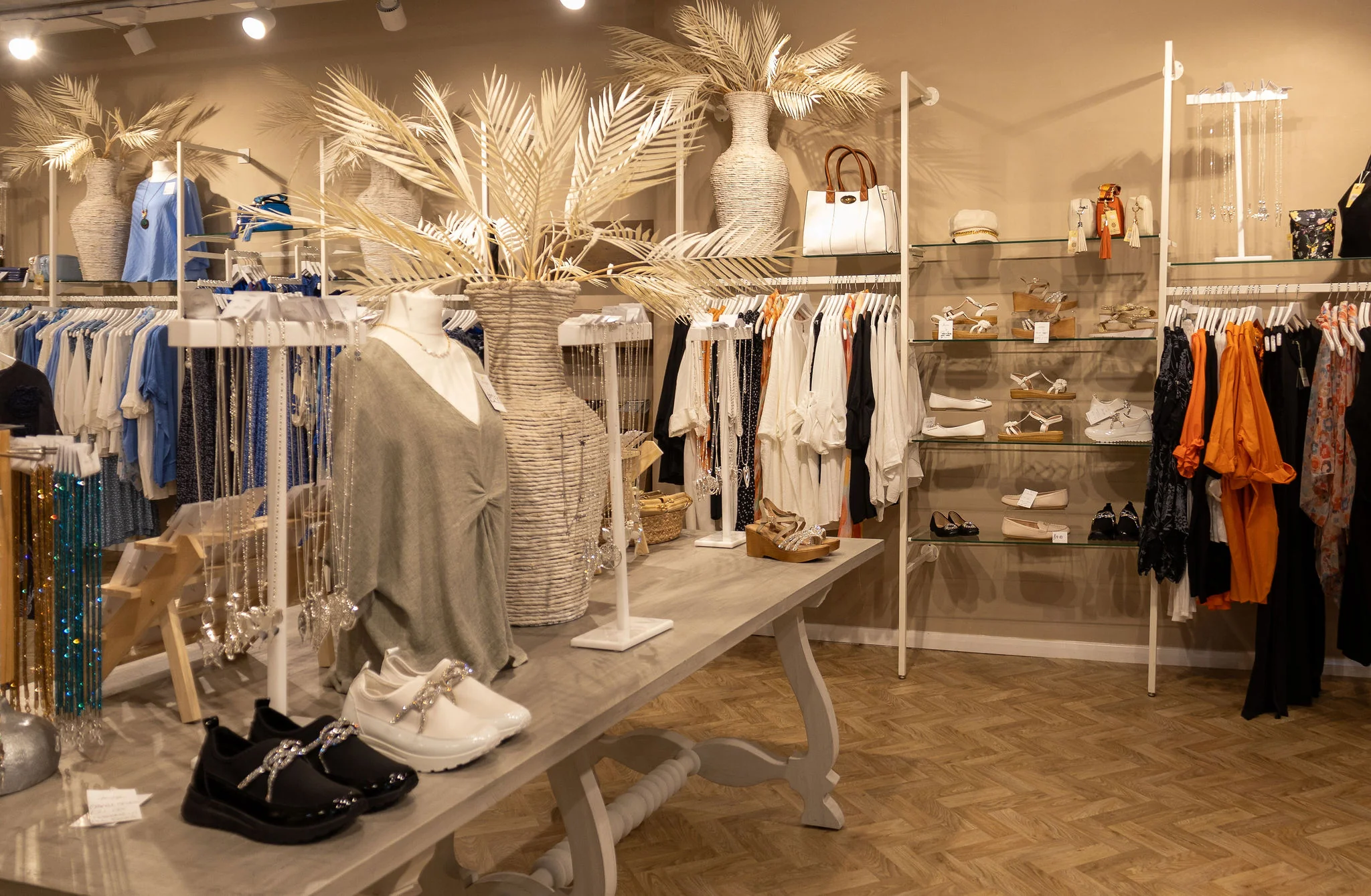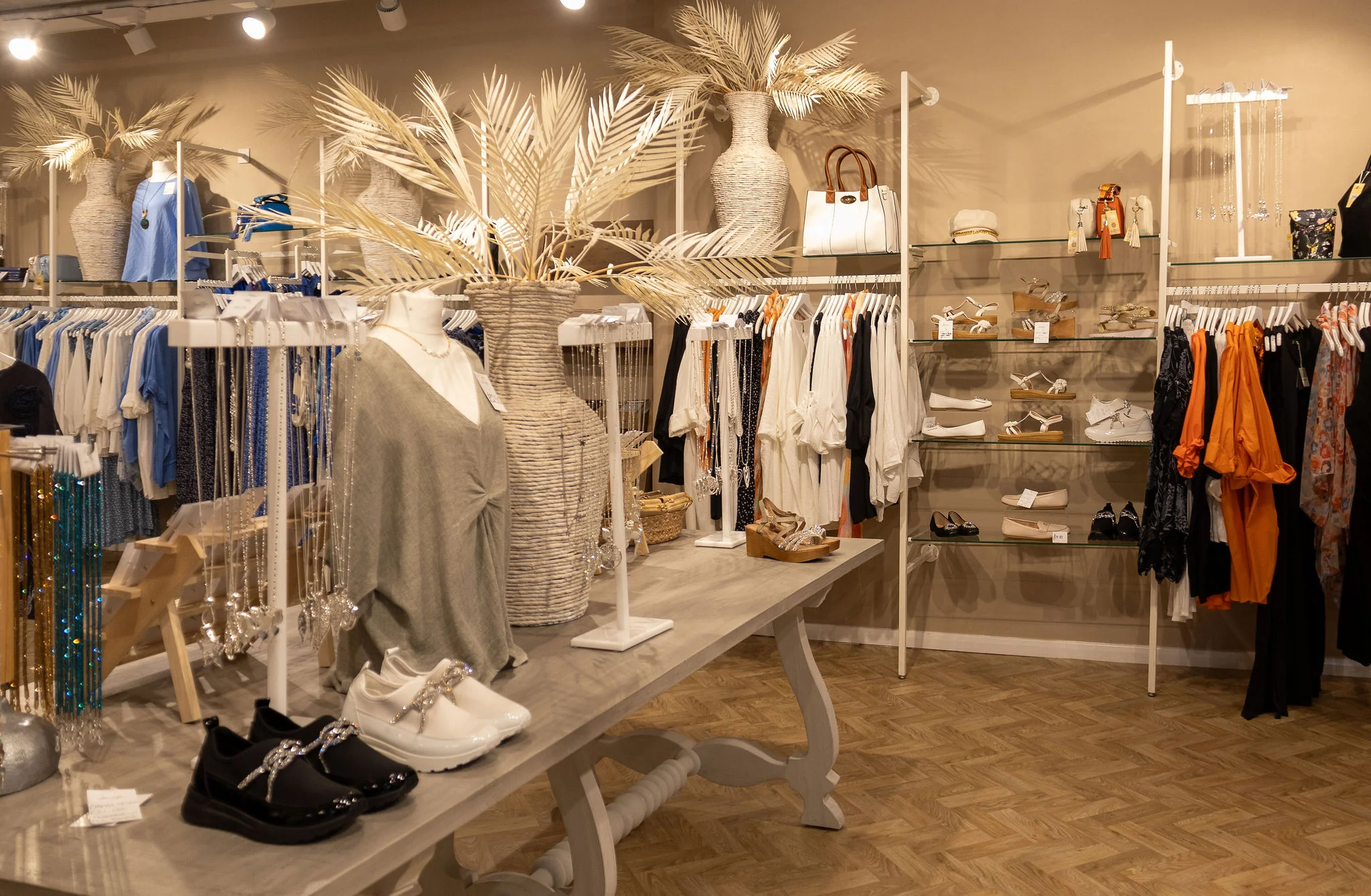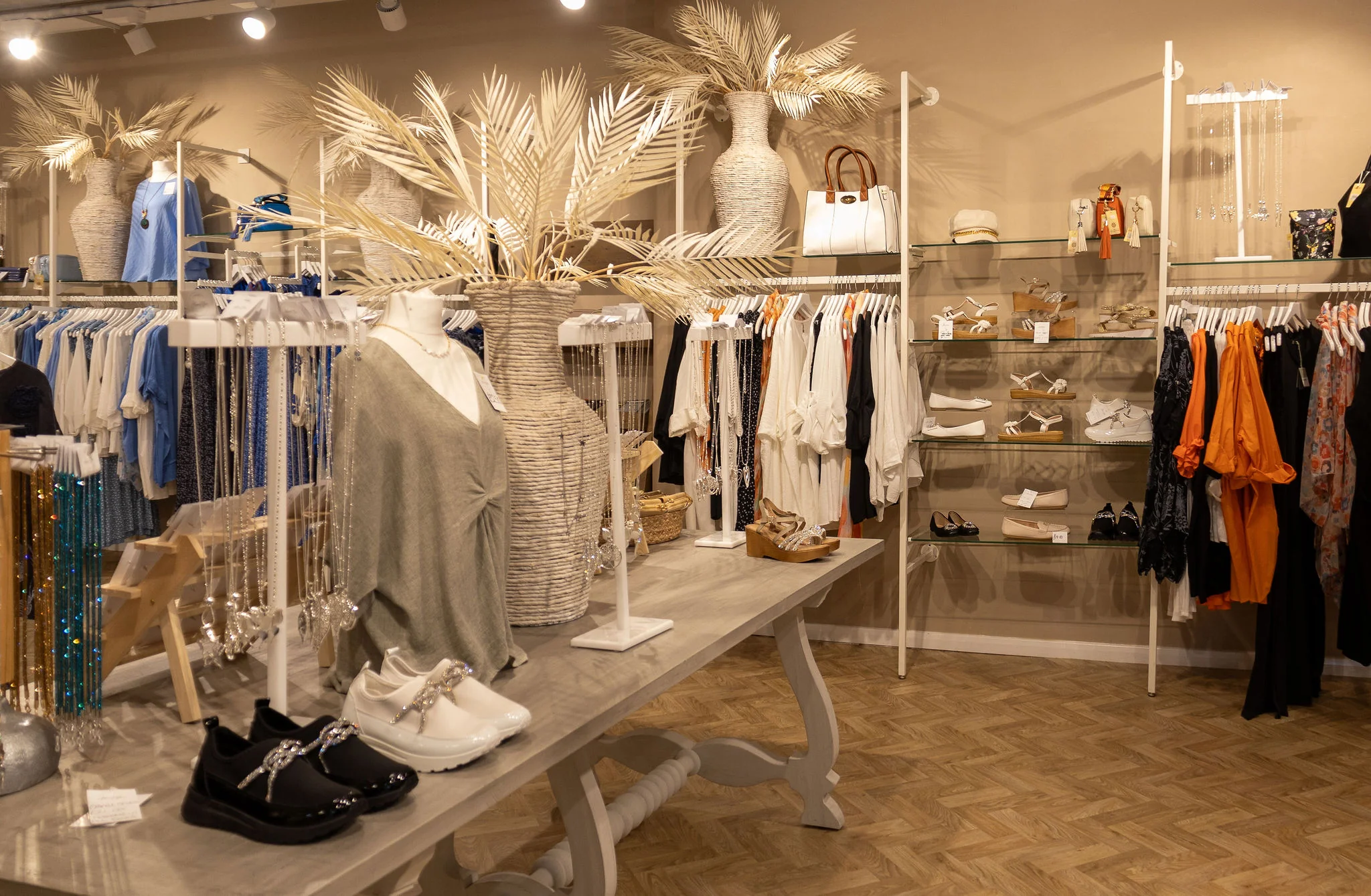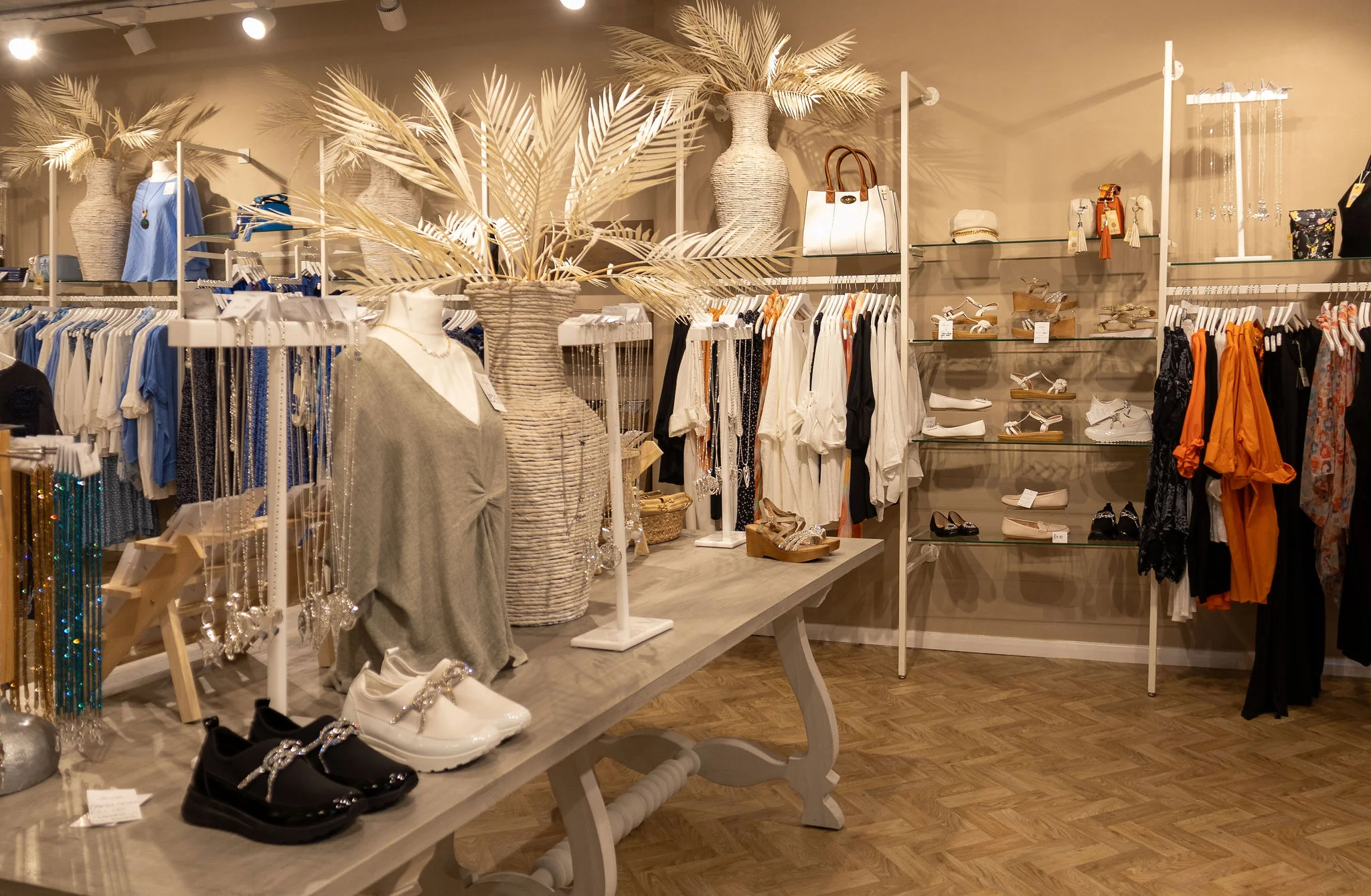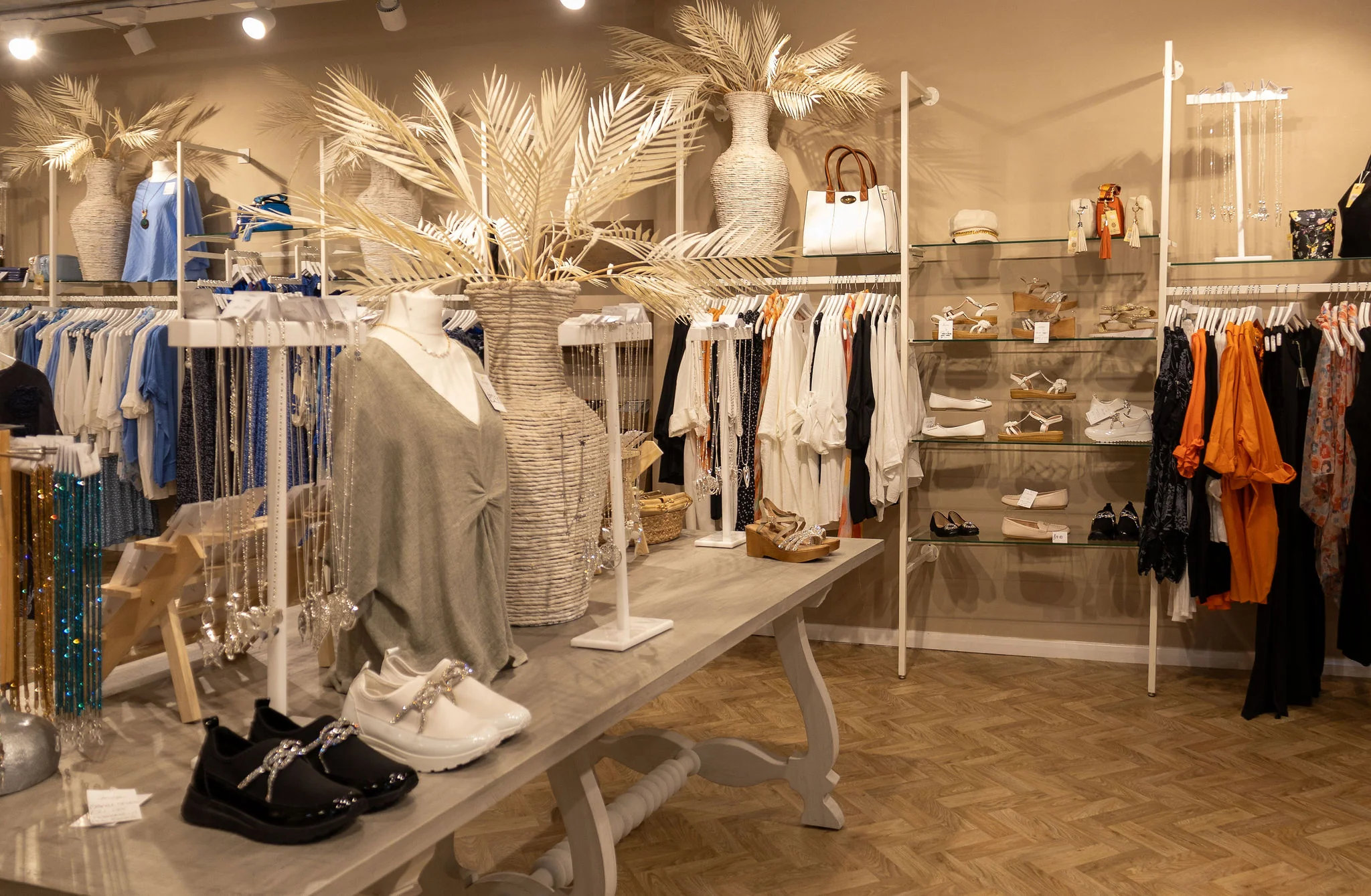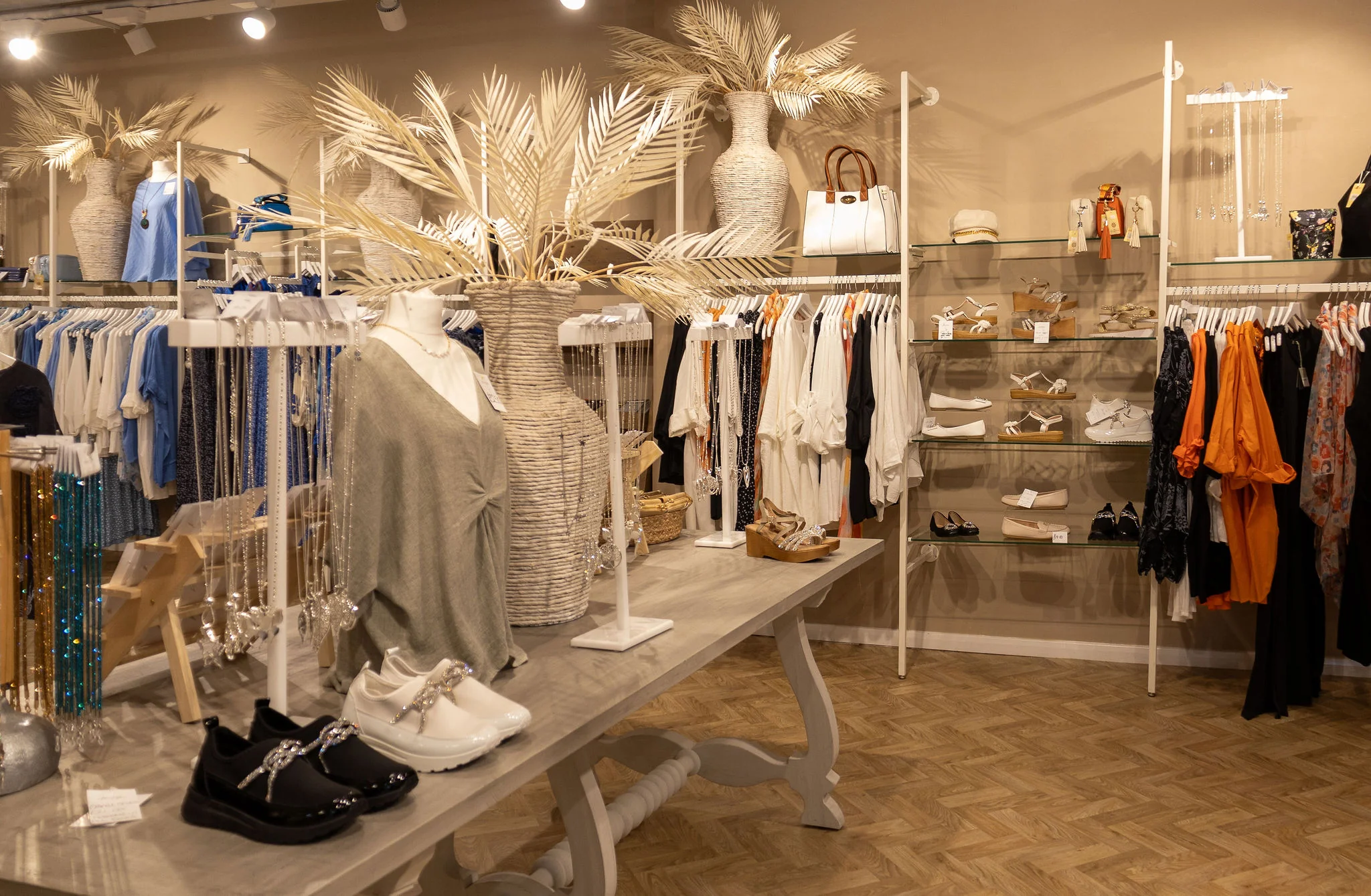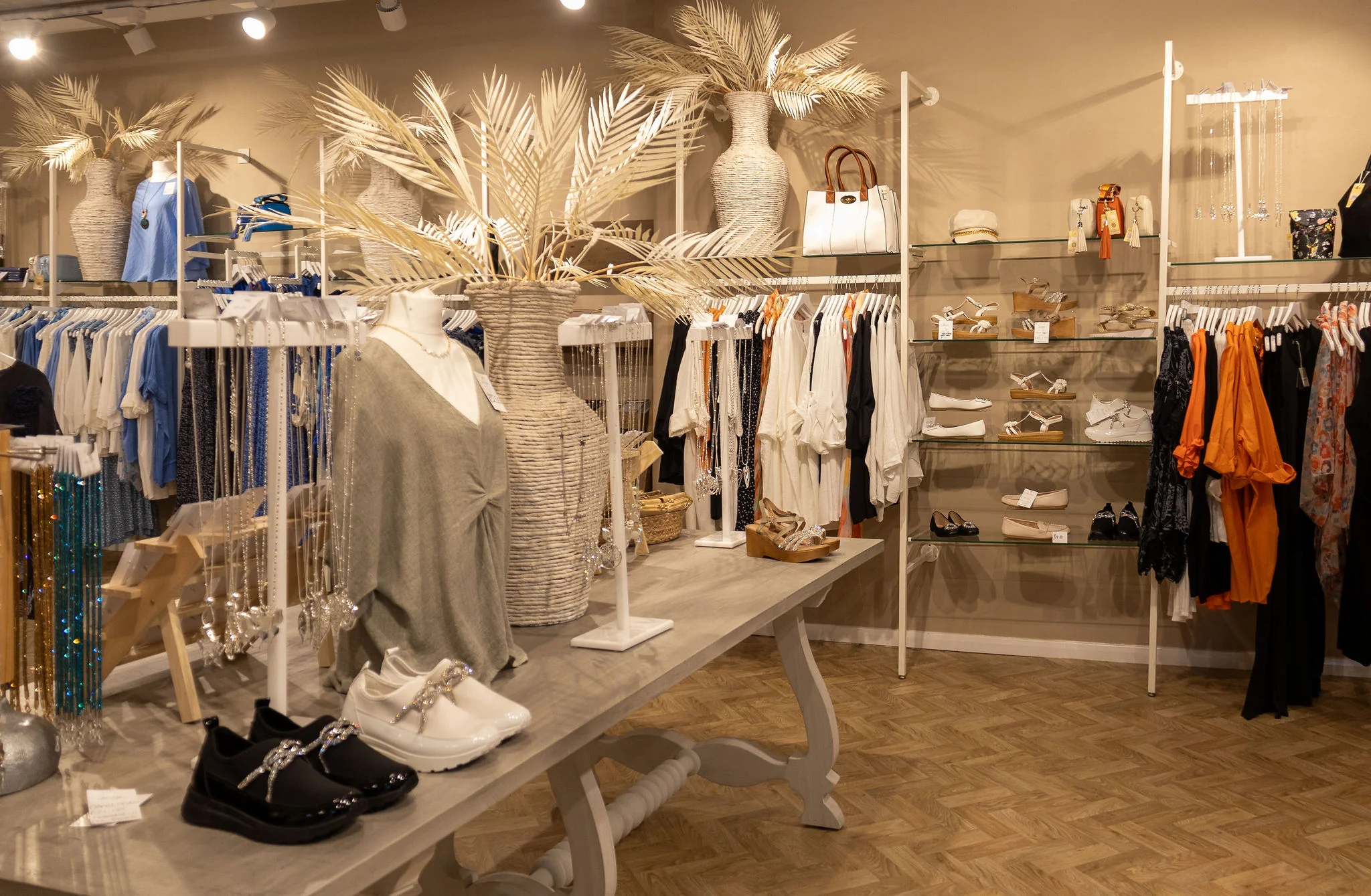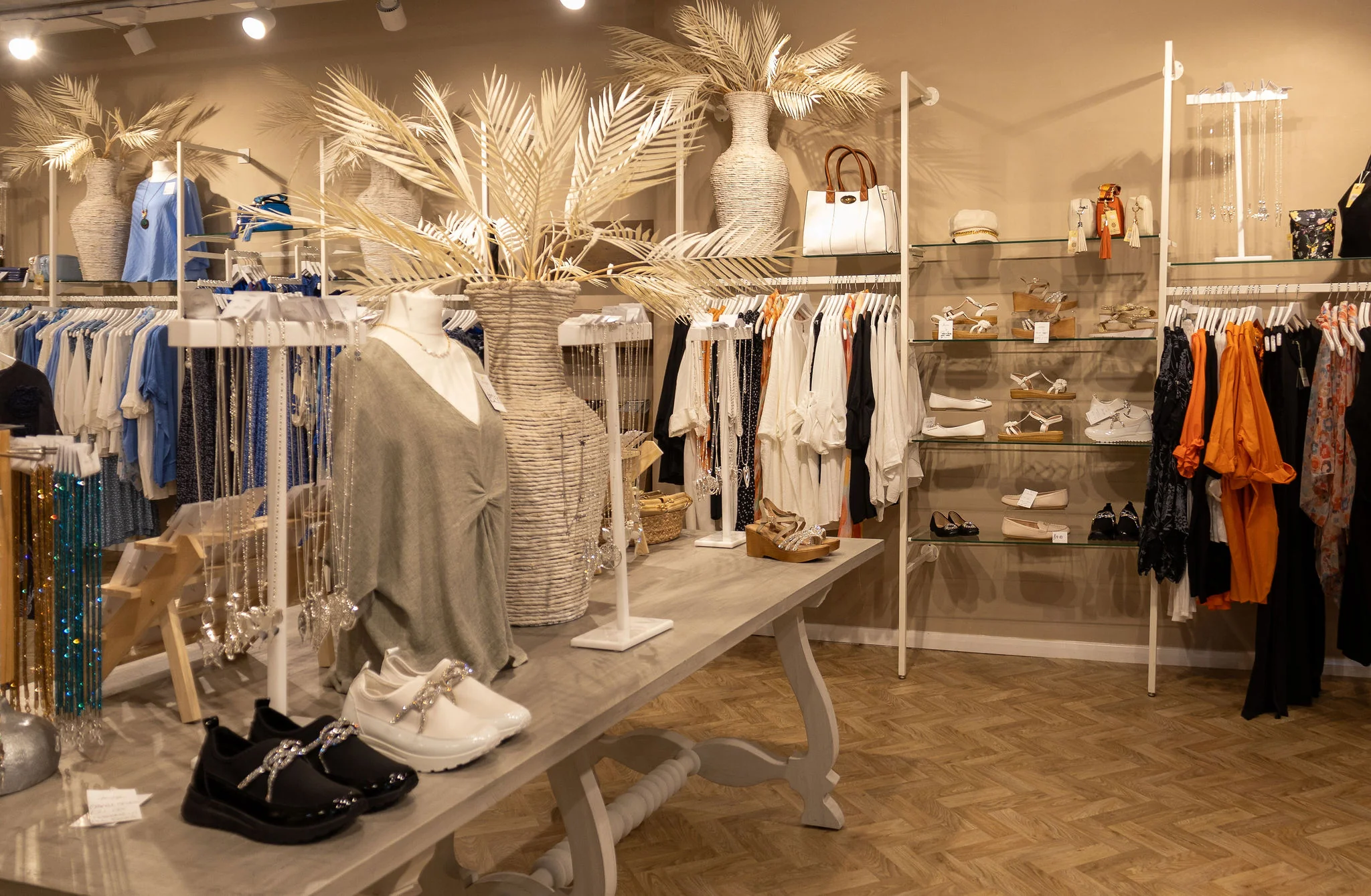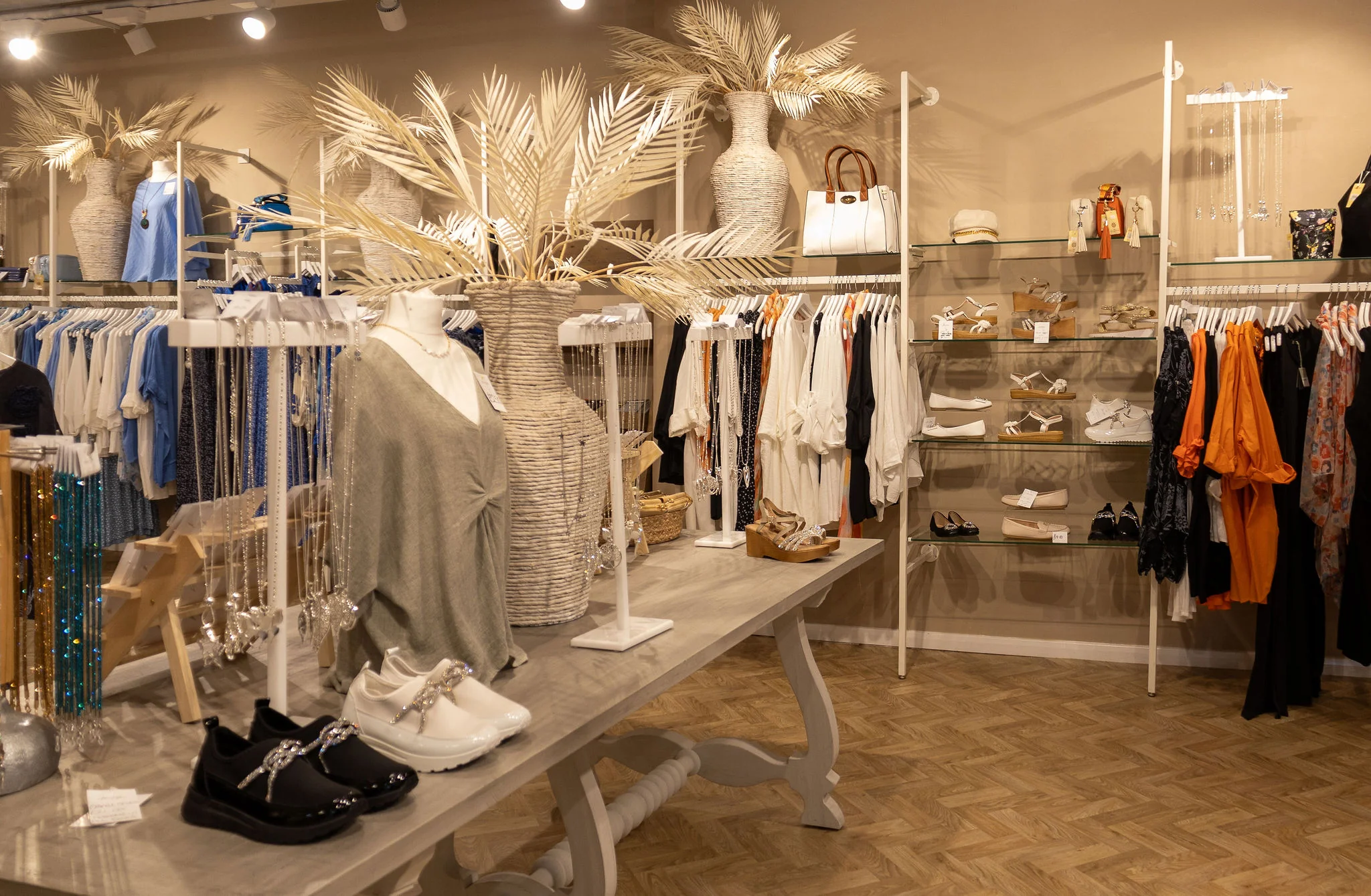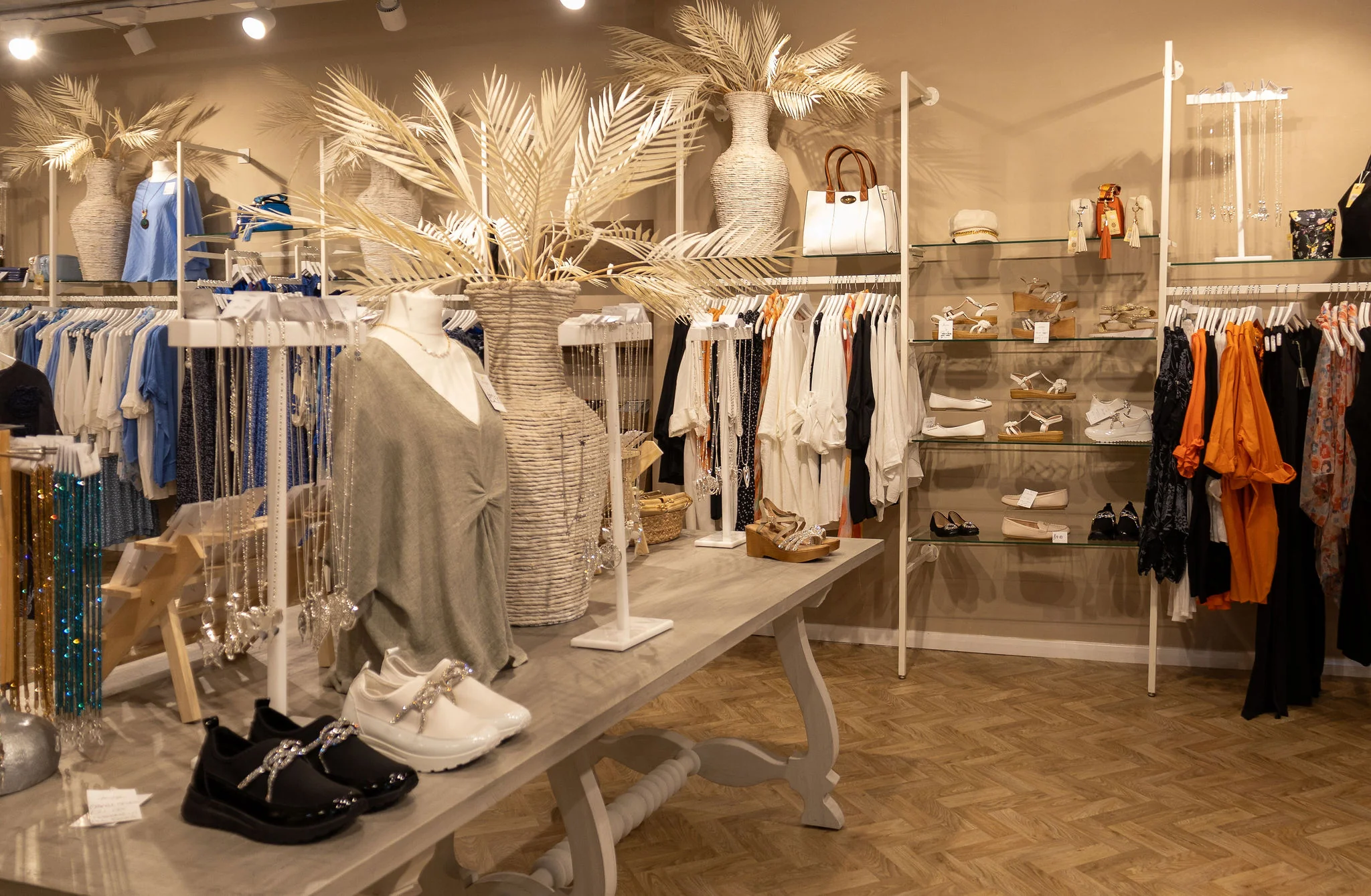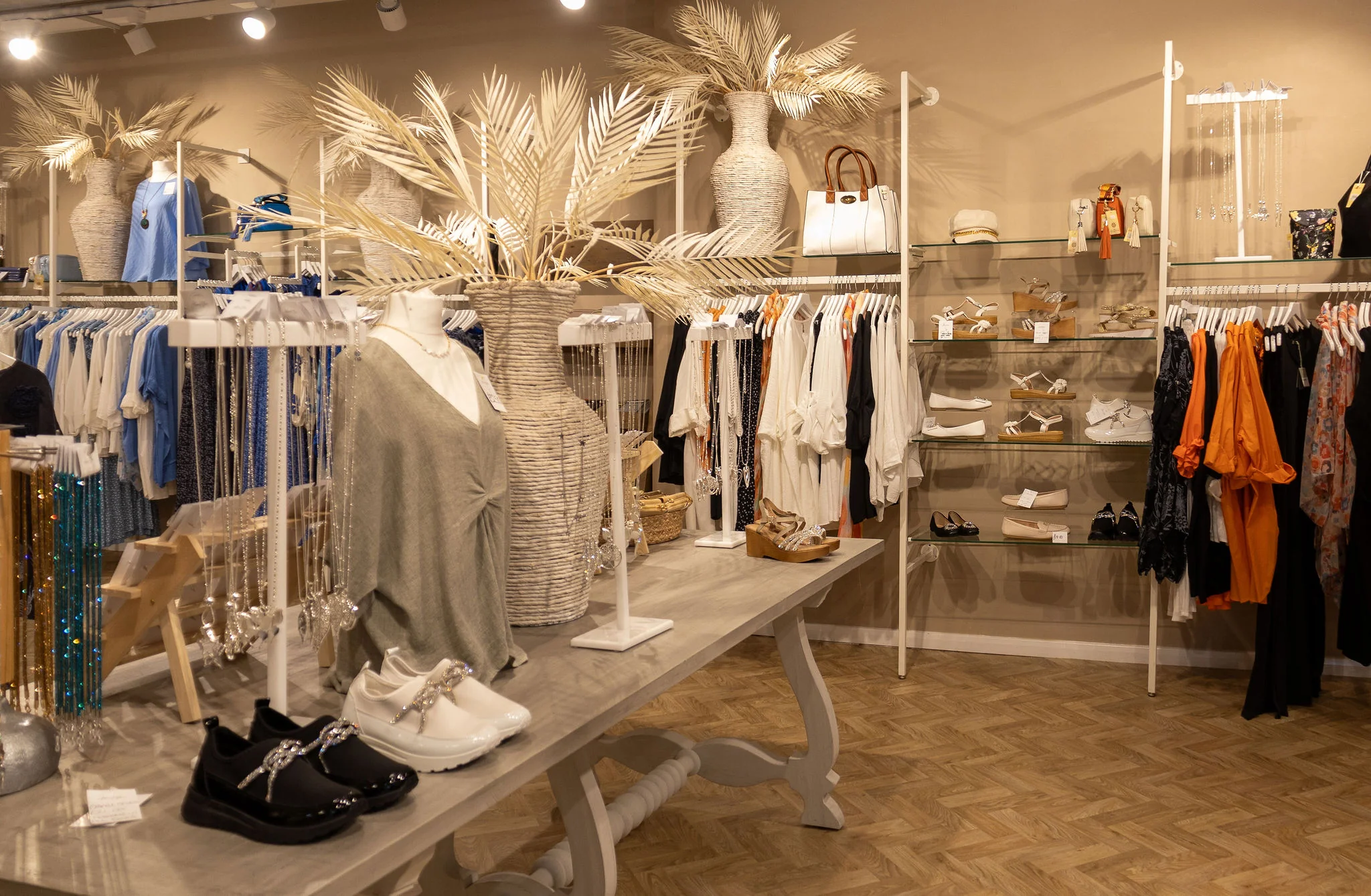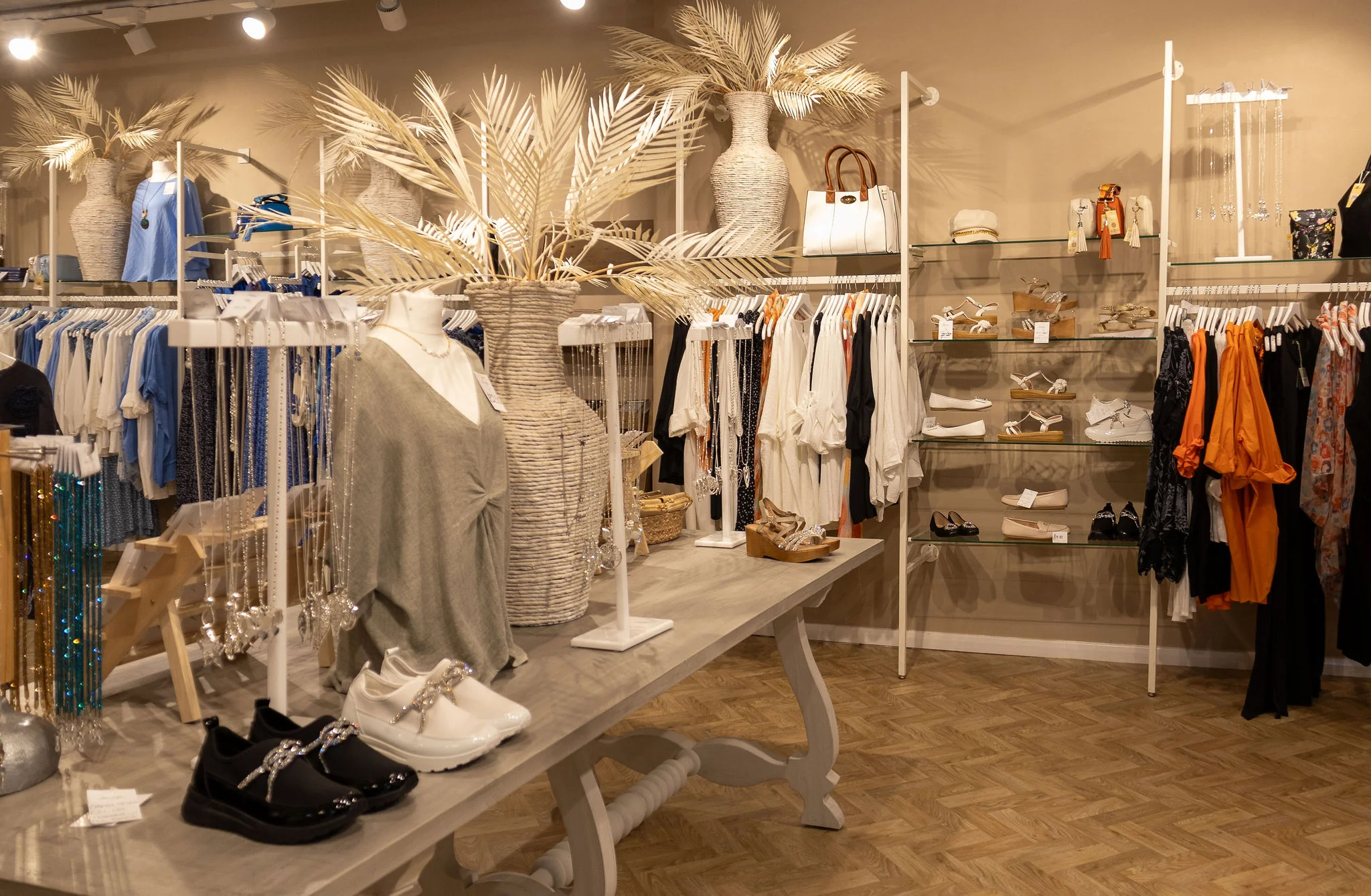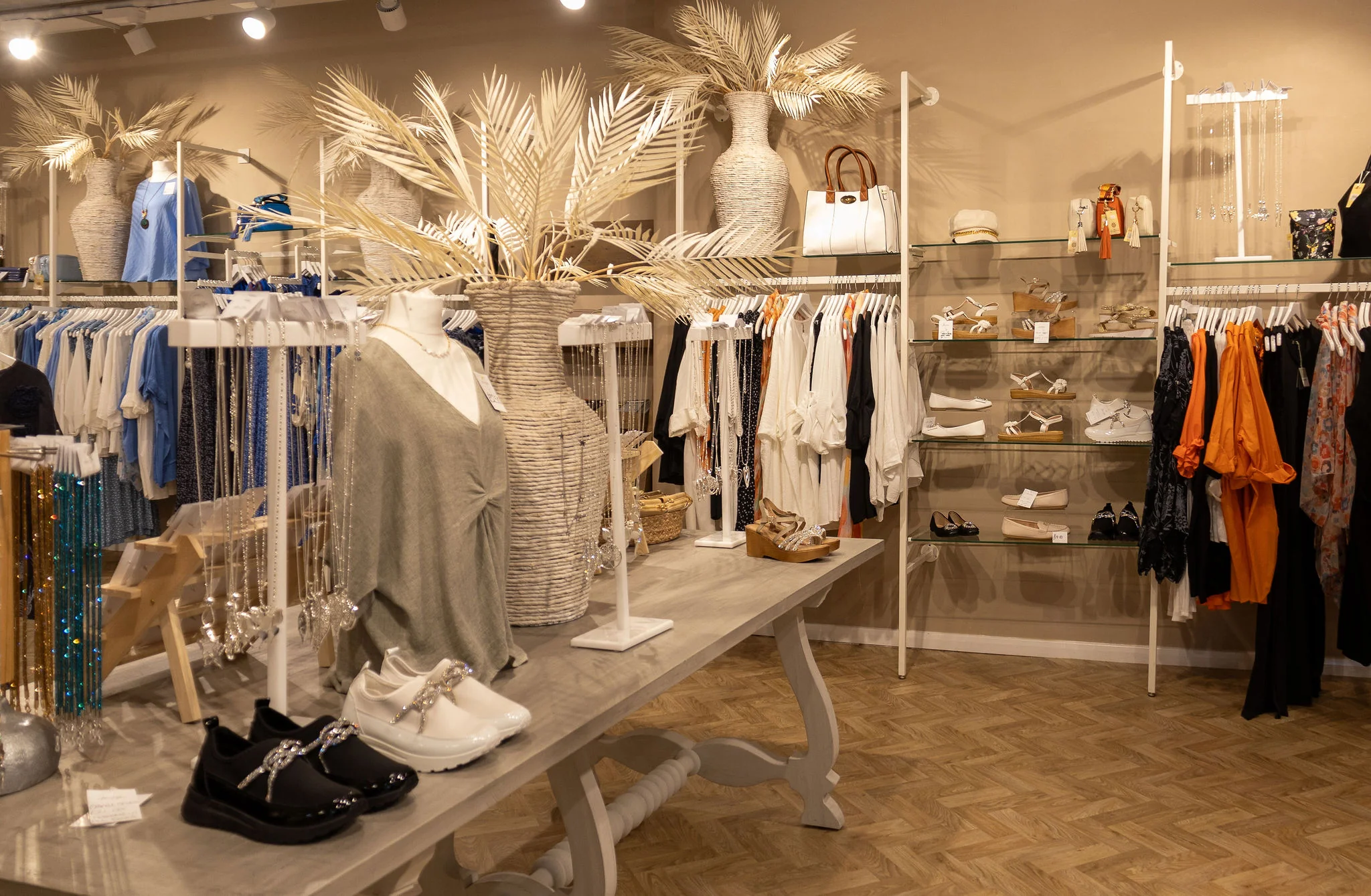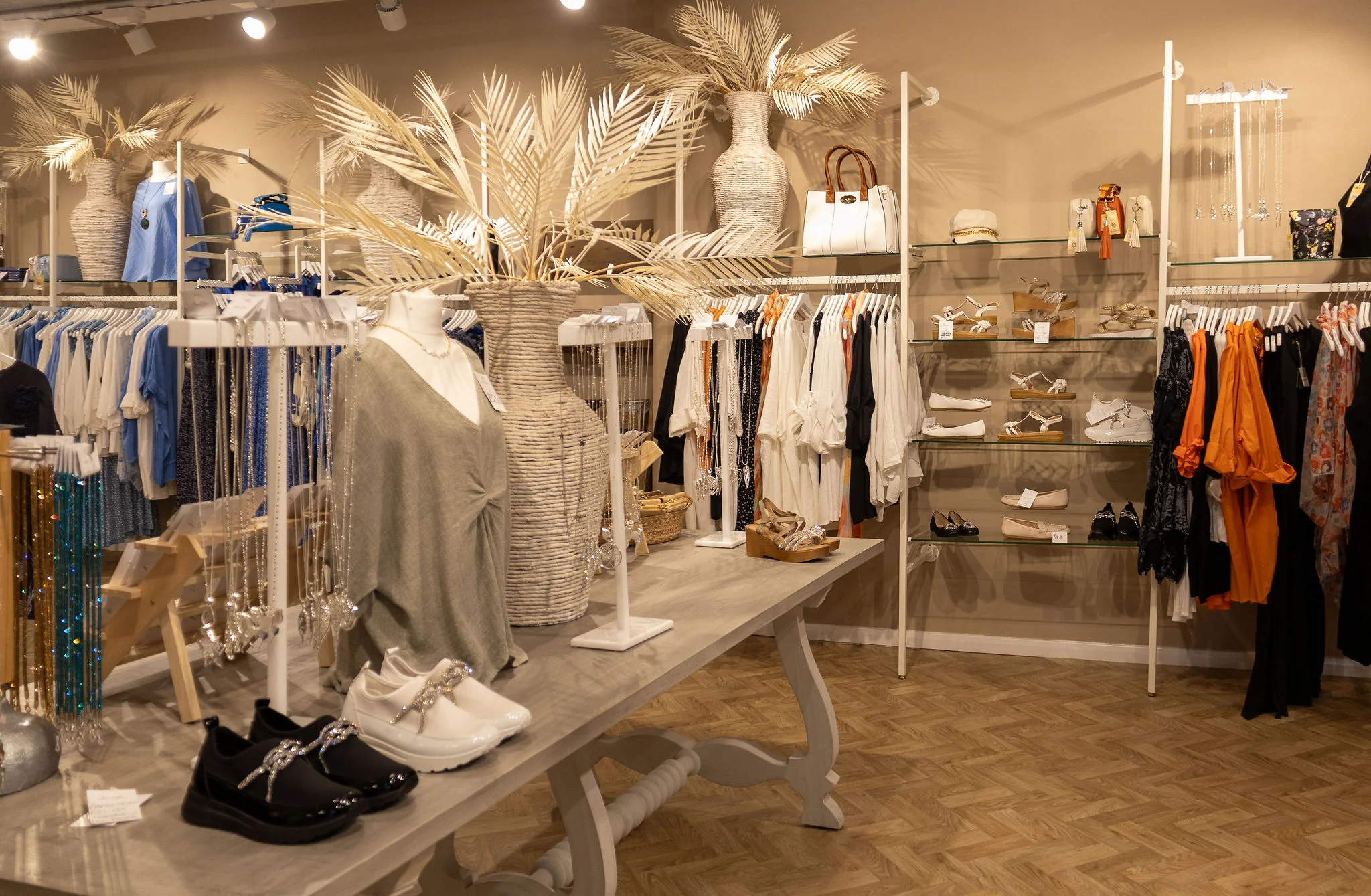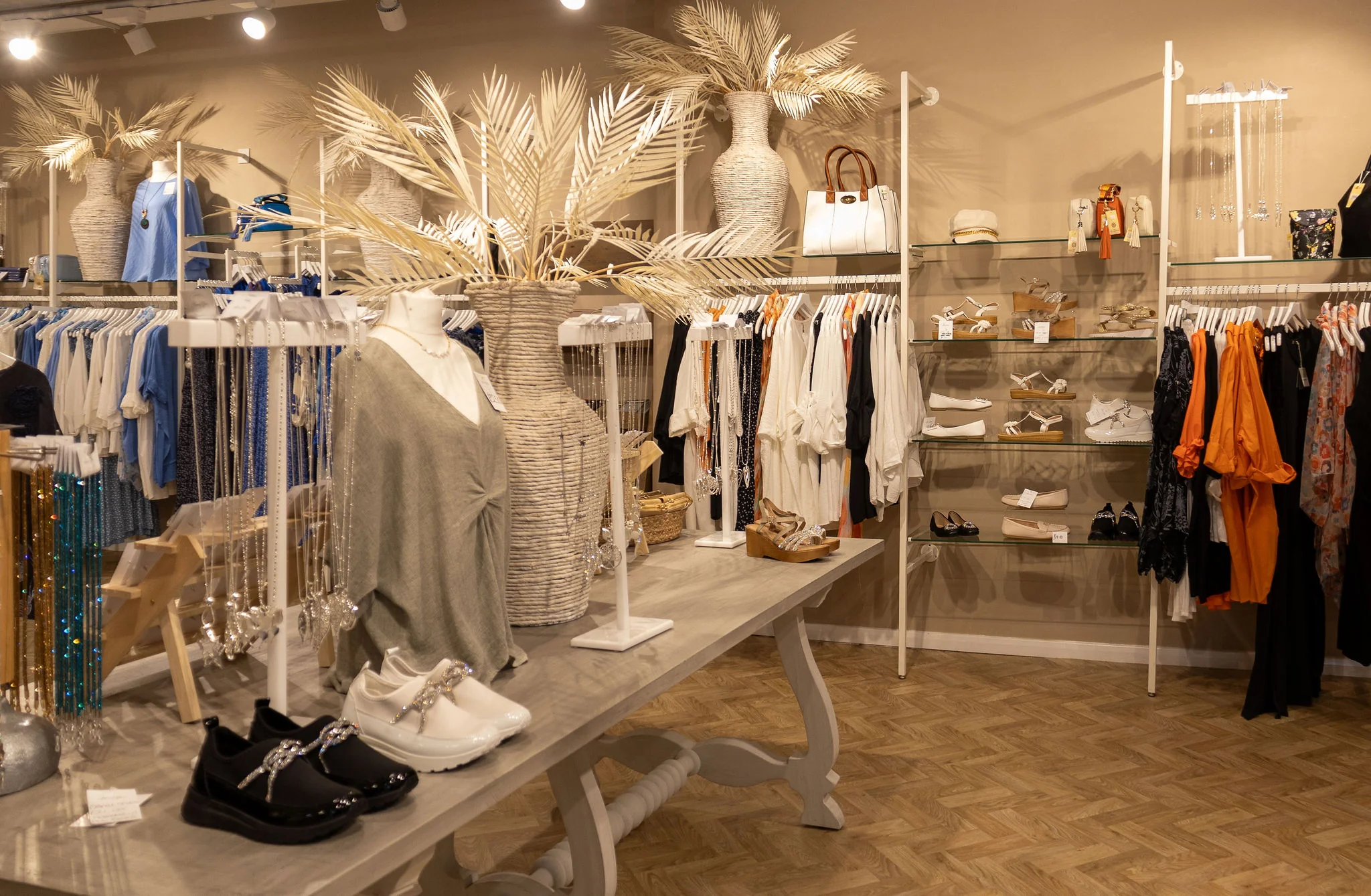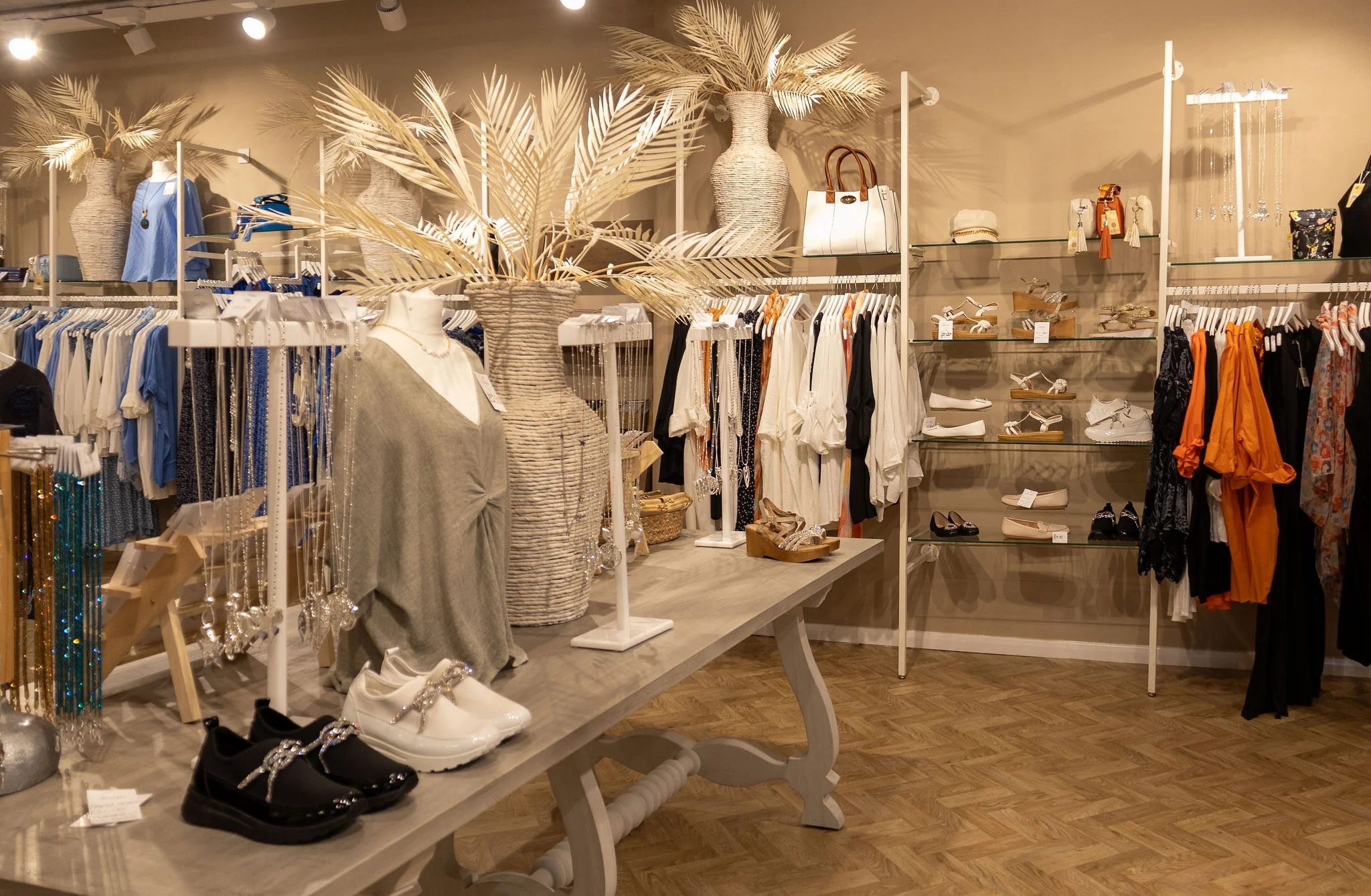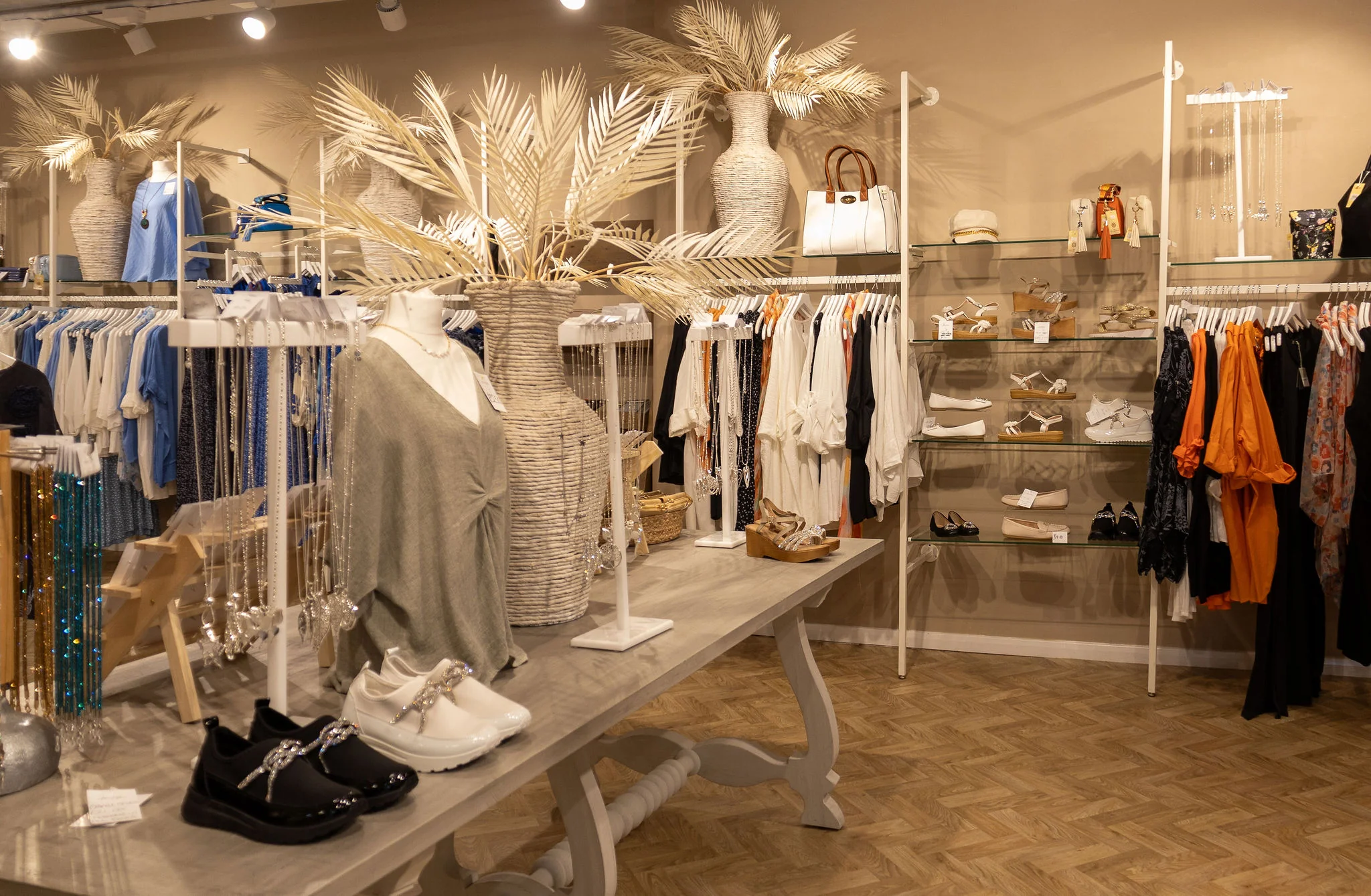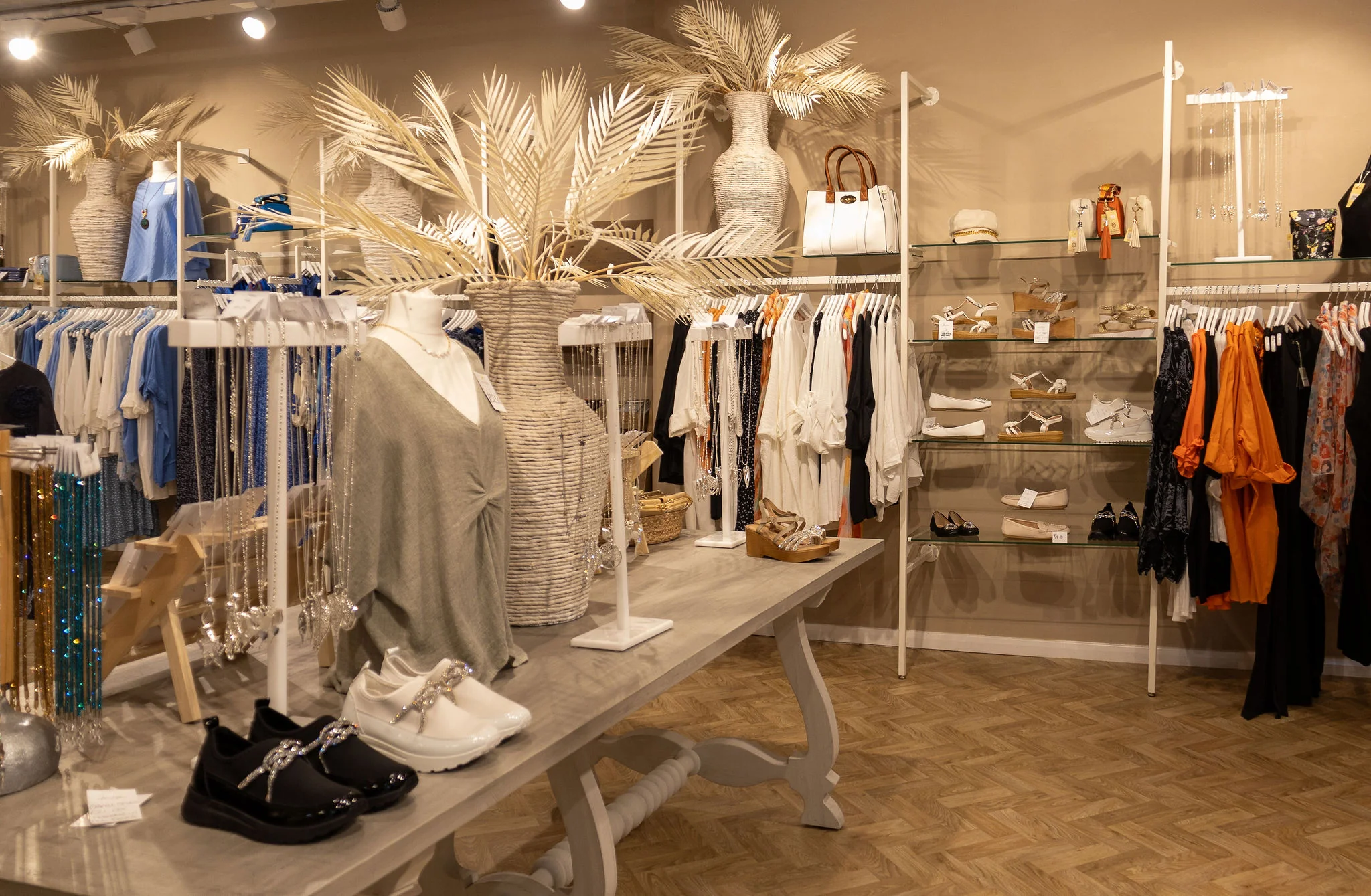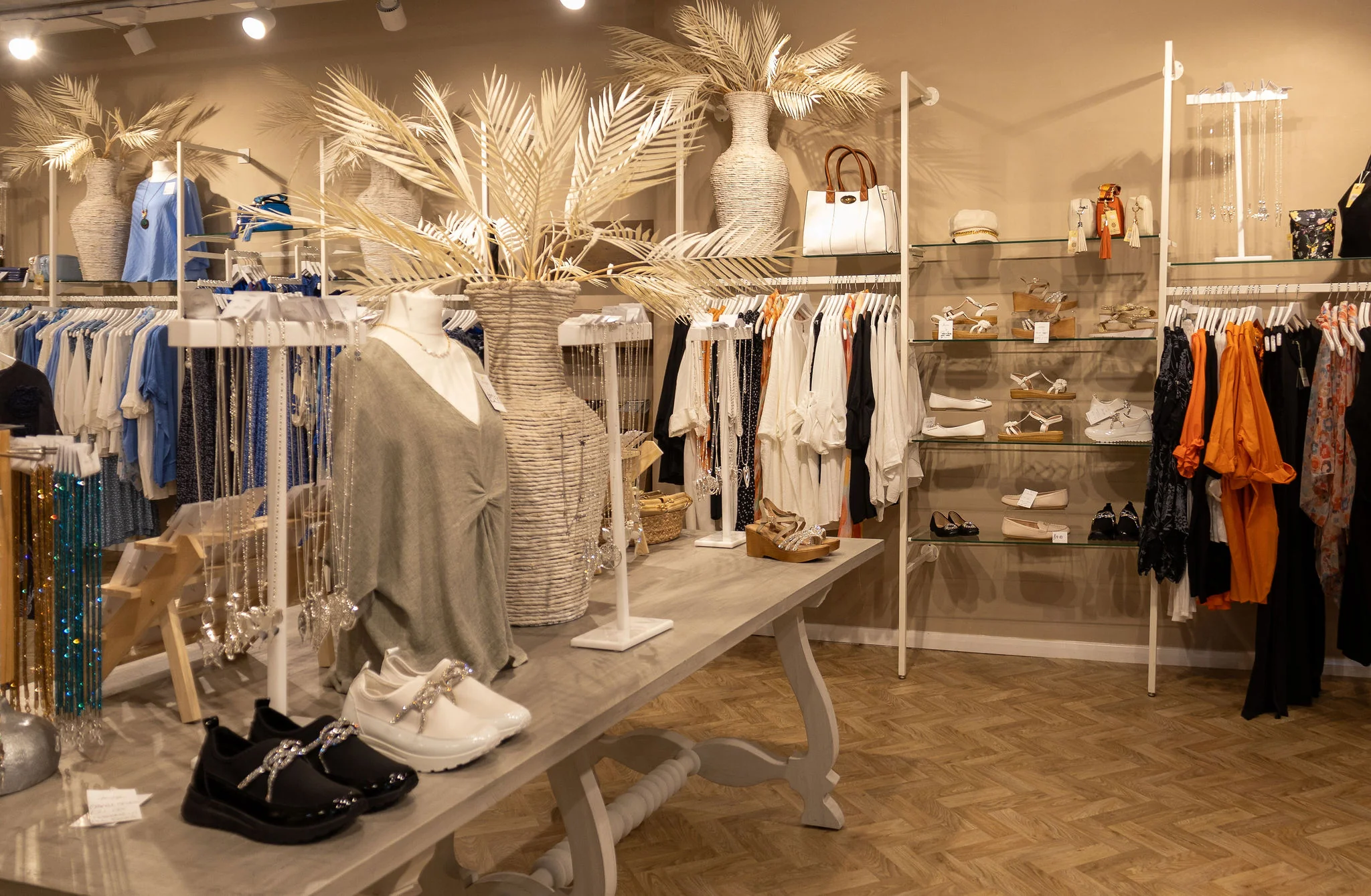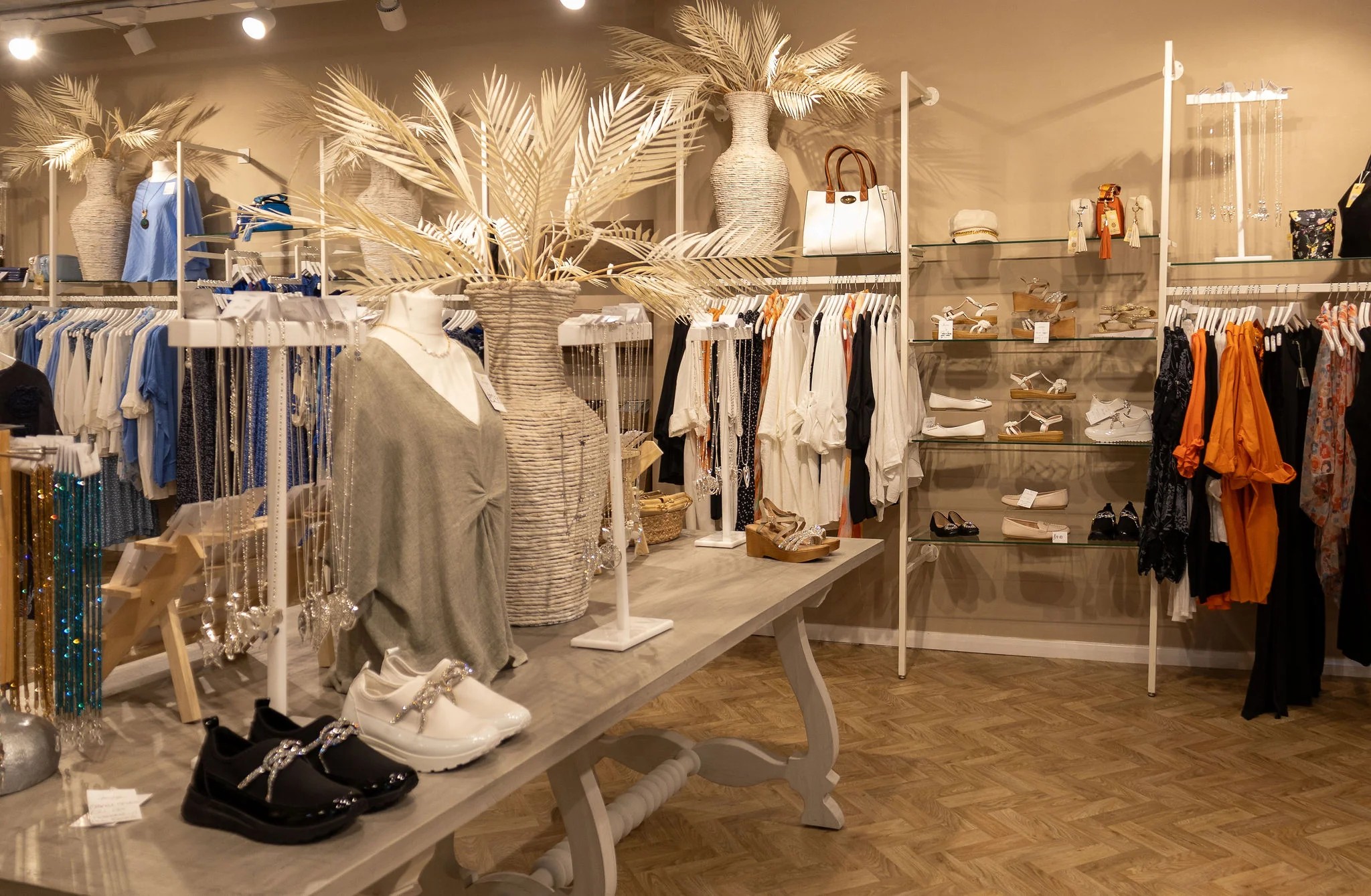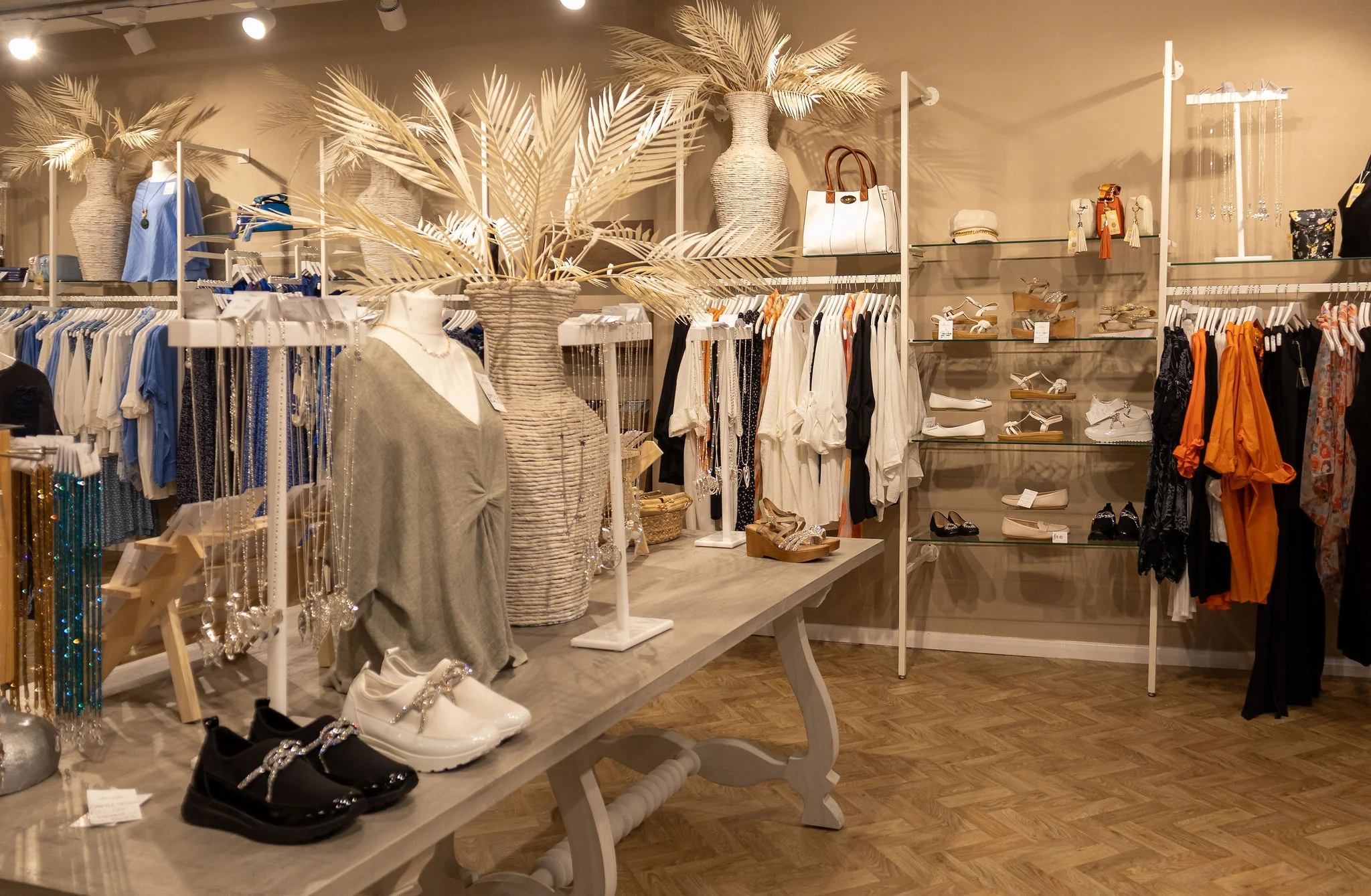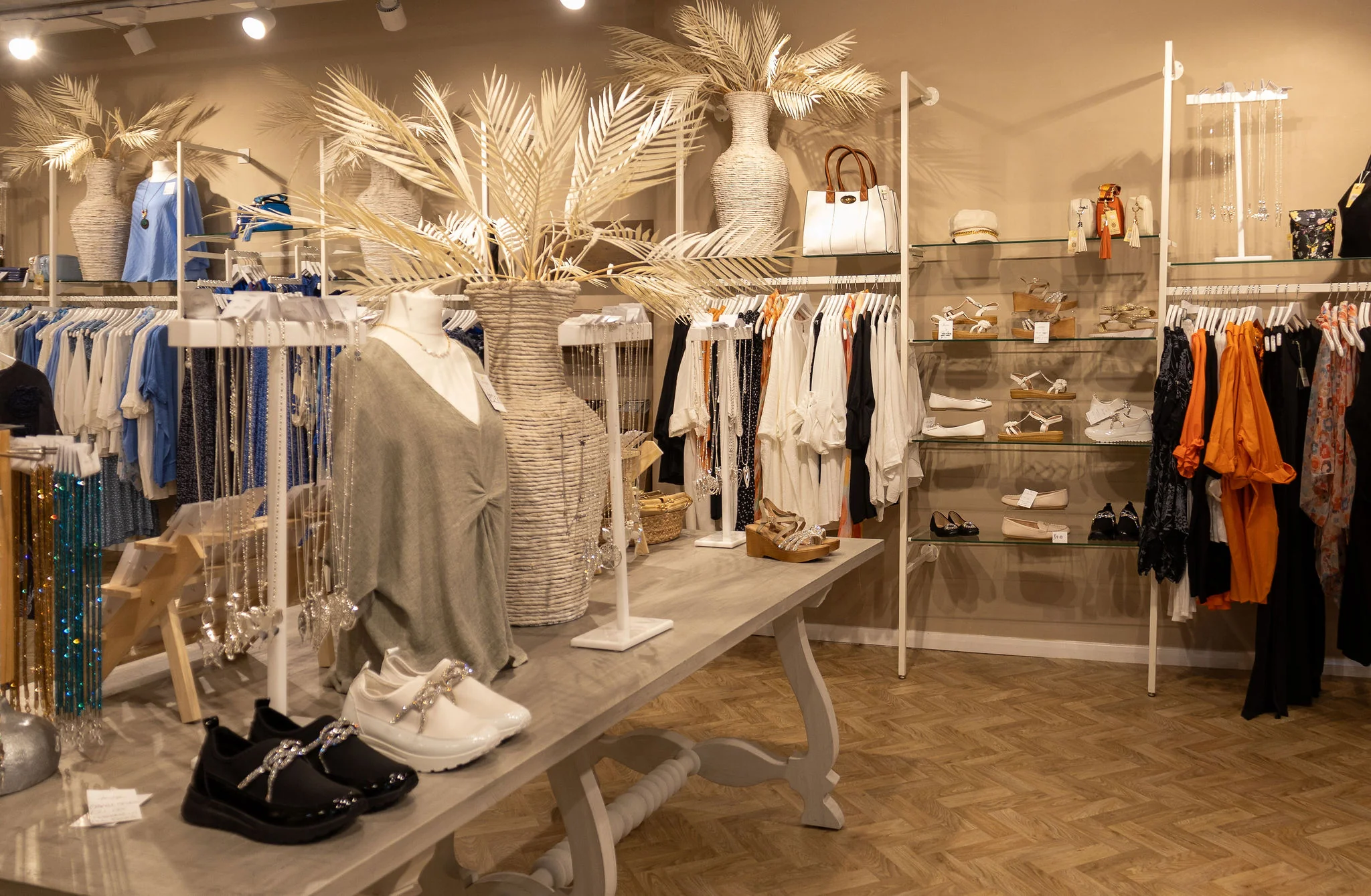Running a children's clothing shop comes with unique risks and challenges that standard retail insurance may not fully address. From …
Independent Clothing Boutique Insurance: Complete Protection Guide for Fashion Retailers
Running an independent clothing boutique is both rewarding and challenging. From curating unique fashion pieces to building customer relationships, boutique owners face numerous responsibilities. However, one crucial aspect that shouldn't be overlooked is comprehensive insurance protection. This guide explores everything you need to know about independent clothing boutique insurance, helping you safeguard your fashion business against potential risks.
Understanding Independent Clothing Boutique Insurance
Independent clothing boutique insurance is specialized commercial coverage designed specifically for small fashion retailers. Unlike chain stores with corporate backing, independent boutiques face unique challenges that require tailored insurance solutions. This coverage protects your business premises, inventory, equipment, and operations while providing liability protection for customer interactions.
The fashion retail industry presents specific risks that standard business insurance might not adequately cover. From seasonal inventory fluctuations to customer fitting room incidents, boutique owners need comprehensive protection that understands the nuances of independent fashion retail.
Key Insurance Coverage Types for Clothing Boutiques
Stock and Inventory Protection
Your clothing inventory represents your biggest investment. Stock insurance covers your merchandise against theft, fire, flood, and other covered perils. This includes protection for items on display, in storage, and in transit between suppliers and your boutique. Given the seasonal nature of fashion, ensure your coverage limits reflect peak inventory periods.
Buildings and Contents Insurance
If you own your boutique premises, buildings insurance protects the physical structure against damage from fire, storms, vandalism, and other covered events. Contents insurance covers your fixtures, fittings, display units, cash registers, computers, and other business equipment essential for daily operations.
Public Liability Insurance
Public liability protection is crucial for boutiques welcoming customers onto your premises. This coverage protects against claims if customers are injured in your store, such as slipping on wet floors or being injured by falling displays. It also covers damage to customer property while in your care.
Employers Liability Insurance
If you employ staff, even part-time, employers liability insurance is legally required. This protects your business if employees are injured or become ill due to their work. For boutiques, this might include injuries from lifting heavy stock deliveries or repetitive strain from operating tills.
Professional Indemnity Insurance
While not always obvious, boutiques can benefit from professional indemnity coverage. This protects against claims arising from professional advice, such as styling recommendations or garment care instructions that result in customer dissatisfaction or financial loss.
Business Interruption Insurance
Business interruption coverage compensates for lost income if your boutique cannot operate due to covered events like fire or flood damage. This includes ongoing expenses like rent and staff wages while your business recovers, which is particularly important for independent retailers with limited financial reserves.
Product Liability Insurance
Product liability protects against claims if clothing items you sell cause injury or damage to customers. While rare, issues like allergic reactions to fabrics, faulty zippers causing injury, or defective accessories could result in compensation claims.
Cyber Insurance
Modern boutiques increasingly rely on digital systems for payments, inventory management, and customer data storage. Cyber insurance protects against data breaches, system failures, and cyber attacks that could compromise customer information or disrupt operations.
Commercial Vehicle Insurance
If you use vehicles for business purposes, such as collecting stock from suppliers or making deliveries, commercial vehicle insurance is essential. This covers vehicles used for business activities that personal motor insurance wouldn't protect.
Specific Risks Facing Independent Clothing Boutiques
Theft and Shoplifting
Clothing boutiques are particularly vulnerable to theft due to the portable nature of merchandise and high-value items in small packages. Insurance should cover both shoplifting and break-in theft, including damage to premises during burglary attempts.
Seasonal Inventory Fluctuations
Fashion retail involves significant seasonal variations in stock levels. Ensure your insurance coverage can be adjusted to reflect these fluctuations, particularly during peak seasons like Christmas or summer when inventory values increase substantially.
Fitting Room Incidents
Fitting rooms present unique liability risks, from customer injuries to theft. Your insurance should cover incidents occurring in these private areas, including any specialized security measures you implement.
Fashion Show and Event Risks
Many independent boutiques host fashion shows, trunk shows, or special events. These activities require additional coverage for public liability, equipment, and potential cancellation costs.
Supplier Relationship Risks
Independent boutiques often rely on smaller suppliers or designers who may not have extensive insurance coverage themselves. Consider how this affects your own protection, particularly regarding product liability and delivery delays.
Weather-Related Risks
Seasonal fashion businesses are particularly vulnerable to unusual weather patterns. Extended warm weather might leave you with unsold winter stock, while unexpected cold snaps could increase demand beyond your inventory capacity.
Benefits of Comprehensive Boutique Insurance
Financial Security
Comprehensive insurance provides financial stability when unexpected events occur. This security allows you to focus on growing your business rather than worrying about potential catastrophic losses.
Customer Confidence
Customers feel more confident shopping at businesses they know are properly insured. This is particularly important for independent boutiques competing against larger retailers with established reputations.
Supplier Requirements
Many suppliers and landlords require proof of adequate insurance coverage before establishing business relationships. Comprehensive coverage ensures you meet these requirements and can access the best suppliers and locations.
Legal Compliance
Certain types of insurance, like employers liability, are legal requirements. Comprehensive coverage ensures you meet all legal obligations while protecting against penalties and legal issues.
Business Continuity
Insurance helps ensure your boutique can continue operating or quickly recover after covered events. This continuity is crucial for maintaining customer relationships and market position.
Peace of Mind
Running an independent business involves enough stress without worrying about uninsured risks. Comprehensive coverage provides peace of mind, allowing you to focus on what you do best – serving customers and growing your boutique.
Choosing the Right Insurance Provider
Industry Experience
Select insurers with experience in retail and fashion industries. They understand the specific risks facing clothing boutiques and can provide more appropriate coverage and advice.
Coverage Flexibility
Look for providers offering flexible coverage that can adapt to your changing needs, particularly seasonal variations and business growth.
Claims Handling
Research the insurer's claims handling reputation. Quick, fair claims settlement is crucial for business continuity, especially for independent retailers with limited resources.
Local Support
Consider insurers with local representatives who understand your market and can provide personalized service. This is particularly valuable for independent businesses.
Cost Considerations
While cost is important, don't compromise essential coverage for lower premiums. Focus on value rather than just price, ensuring you get comprehensive protection for your investment.
Risk Management for Clothing Boutiques
Security Measures
Implement comprehensive security systems including CCTV, alarms, and secure display cases for high-value items. Many insurers offer premium discounts for effective security measures.
Staff Training
Train staff on theft prevention, customer service, and emergency procedures. Well-trained staff can prevent many incidents and reduce insurance claims.
Inventory Management
Maintain accurate inventory records and conduct regular stock takes. This helps with insurance claims and identifies theft or shrinkage issues early.
Premises Maintenance
Regular maintenance of your boutique premises reduces the risk of accidents and damage. This includes checking displays, lighting, flooring, and fitting rooms for potential hazards.
Fire Prevention
Implement fire safety measures including smoke detectors, fire extinguishers, and clear evacuation routes. Clothing and packaging materials are particularly flammable, making fire prevention crucial.
Data Protection
Protect customer data through secure payment systems, regular software updates, and staff training on data handling procedures. This reduces cyber insurance claims and maintains customer trust.
Making a Claim: What to Expect
Immediate Steps
Contact your insurer immediately after any incident. Document everything with photographs and written records. For theft, contact police and obtain crime reference numbers.
Documentation Requirements
Gather all relevant documentation including receipts, inventory records, supplier invoices, and any witness statements. Detailed records speed up the claims process.
Assessment Process
Insurance assessors will evaluate your claim, which may include visiting your premises and reviewing your documentation. Cooperate fully to ensure quick resolution.
Settlement Options
Understand your policy's settlement terms, whether replacement cost or actual cash value. This affects how much you'll receive for damaged or stolen items.
Business Continuity
Work with your insurer to minimize business disruption during the claims process. Many policies include provisions for temporary premises or expedited settlements for essential items.
Cost Factors for Boutique Insurance
Location Impact
Your boutique's location significantly affects insurance costs. High-crime areas, flood zones, or areas with higher foot traffic may result in higher premiums.
Stock Value
The total value of your inventory directly impacts insurance costs. Higher-value stock requires higher coverage limits and premiums.
Security Measures
Effective security systems can reduce premiums. Invest in quality security measures that provide both protection and insurance savings.
Claims History
Your claims history affects future premiums. Implementing risk management measures to reduce claims can lead to lower costs over time.
Coverage Limits
Higher coverage limits increase premiums but provide better protection. Balance adequate coverage with affordable premiums based on your risk tolerance and financial capacity.
Policy Exclusions and Limitations
Common Exclusions
Understand what your policy doesn't cover, such as wear and tear, gradual deterioration, or certain types of theft. Consider additional coverage for excluded risks that concern you.
Coverage Limits
Be aware of sub-limits for specific items like cash, jewelry, or high-value garments. Ensure these limits meet your actual exposure.
Excess Amounts
Higher excess amounts reduce premiums but increase your out-of-pocket costs for claims. Choose excess levels you can comfortably afford.
Seasonal Adjustments
Ensure your policy allows for seasonal inventory adjustments without penalties or coverage gaps.
Frequently Asked Questions
Do I need insurance if I'm just starting my boutique?
Yes, insurance is essential from day one. Even small boutiques face significant risks, and many landlords and suppliers require proof of insurance before establishing relationships.
How much coverage do I need?
Coverage should reflect your total business value, including inventory, equipment, and potential liability exposure. Consider peak inventory periods and growth projections when setting limits.
Can I get coverage for online sales?
Yes, many policies can be extended to cover online sales, including goods in transit and cyber liability for e-commerce activities.
What if I sell vintage or designer items?
High-value or unique items may require additional coverage or appraisals. Discuss these special items with your insurer to ensure adequate protection.
How often should I review my coverage?
Review your insurance annually or whenever your business changes significantly, such as moving premises, adding staff, or substantially increasing inventory levels.
Does insurance cover lost sales during closures?
Business interruption insurance covers lost income during covered closures, but read your policy carefully to understand what triggers coverage and any waiting periods.
What about coverage for fashion shows or events?
Special events may require additional coverage. Notify your insurer about planned events and consider event-specific insurance for major shows.
Conclusion
Independent clothing boutique insurance is not just a business expense – it's an investment in your boutique's future. Comprehensive coverage protects your inventory, premises, and operations while providing the security needed to focus on growing your fashion business.
The key to effective boutique insurance is understanding your specific risks and choosing coverage that addresses these challenges. Work with experienced insurance professionals who understand the fashion retail industry and can provide tailored solutions for your independent boutique.
Remember that insurance needs evolve as your business grows. Regular reviews ensure your coverage keeps pace with your boutique's development, protecting your investment and supporting your entrepreneurial dreams in the competitive fashion retail market.
By investing in comprehensive insurance protection, you're not just protecting your current business – you're securing the foundation for future growth and success in the dynamic world of independent fashion retail.


 0330 127 2333
0330 127 2333

